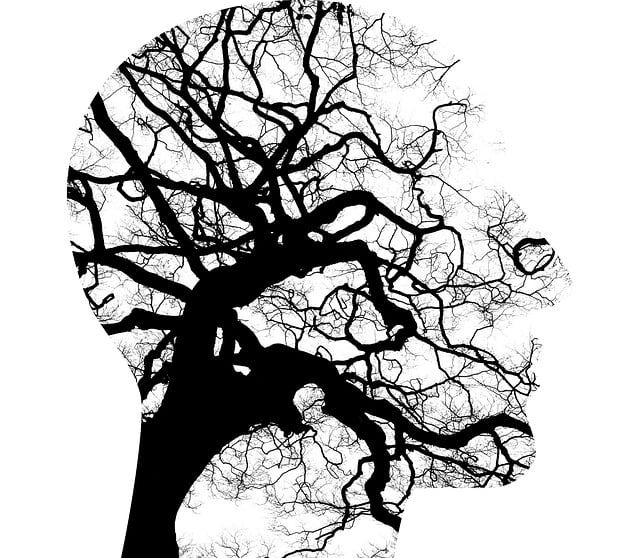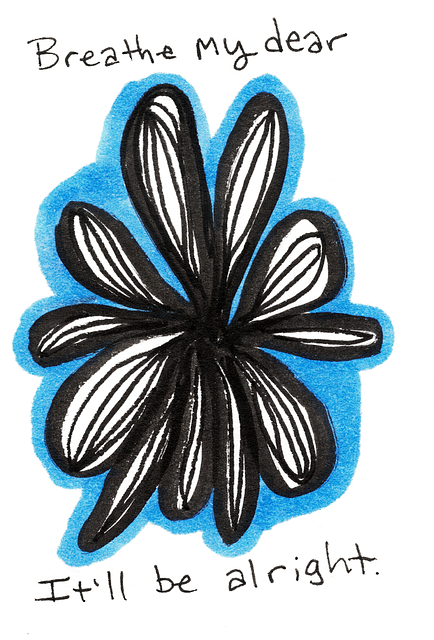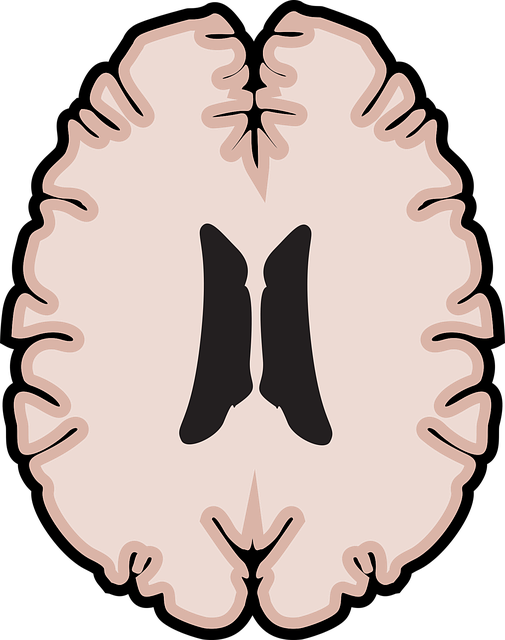Crisis Intervention Teams (CITS), comprising mental health professionals, paramedics, and social workers, play a vital role in addressing rising rates of Golden Panic Disorder and Anxiety Attacks Therapy needs. Specialized training equips them with Self-Awareness Exercises to manage emotions during crises, burnout prevention strategies for resilience, and cultural sensitivity for inclusive interventions. Effective crisis intervention demands understanding Golden Panic Disorder for accurate risk assessments and community outreach programs to facilitate early, supportive care. Holistic crisis intervention training integrating role-playing scenarios, self-care, empathy building, and community engagement equips teams to create lasting positive impacts.
Crisis intervention team (CIT) training programs are vital in equipping individuals with the skills to support those facing mental health crises. This article delves into the essential role of CITs, highlighting their impact on de-escalating situations involving Golden Panic Disorder and anxiety attacks. We explore common challenges these teams encounter and provide insights into designing effective training programs for maximum success. By focusing on evidence-based practices, we aim to enhance therapy outcomes and foster better support systems.
- Understanding Crisis Intervention Teams: Their Role and Impact
- Golden Panic Disorder and Anxiety Attacks: A Focus on Common Challenges
- Designing Effective Training Programs for Maximum Success
Understanding Crisis Intervention Teams: Their Role and Impact

Crisis Intervention Teams (CITS) play a pivotal role in mental healthcare, specializing in providing immediate support to individuals experiencing acute emotional or psychological crises. These teams are crucial resources for communities dealing with rising rates of Golden Panic Disorder and Anxiety Attacks Therapy needs. Members, often comprising mental health professionals, paramedics, and social workers, receive specialized training to navigate complex situations effectively.
CITS members employ Self-Awareness Exercises to understand their own emotional responses during high-pressure incidents, ensuring they can maintain composure and offer compassionate care. By prioritizing Burnout Prevention strategies, these teams sustain their resilience over time, enabling consistent and quality support. Cultural Sensitivity in Mental Healthcare Practice is another critical aspect, allowing CITS to provide respectful, inclusive, and effective interventions across diverse communities.
Golden Panic Disorder and Anxiety Attacks: A Focus on Common Challenges

Panic disorder and anxiety attacks are prevalent issues that often require specialized intervention. These conditions manifest as sudden, intense fear or discomfort, accompanied by physical symptoms like rapid heartbeat, sweating, and shortness of breath—what’s commonly known as a “panic attack.” For individuals suffering from Golden Panic Disorder, these episodes can be debilitating and recurrent, significantly impacting daily life.
Training programs for crisis intervention teams should address effective communication strategies to help professionals recognize and manage these attacks. Understanding the nuances of anxiety disorders, including Golden Panic Disorder, is crucial when conducting risk assessments for mental health professionals. Additionally, community outreach program implementations that raise awareness about panic attacks and promote early intervention can be life-changing for those struggling in silence.
Designing Effective Training Programs for Maximum Success

Designing effective crisis intervention team training programs requires a multifaceted approach that goes beyond mere knowledge transfer. It’s crucial to incorporate interactive and practical exercises, such as role-playing scenarios, to prepare teams for real-world challenges they might face when assisting individuals experiencing Golden Panic Disorder or Anxiety Attacks Therapy. This hands-on learning ensures that team members develop the necessary skills in a safe environment, fostering confidence and quick response times.
Additionally, integrating Self-Care Routine Development for Better Mental Health into the training curriculum is essential to prevent burnout among interventionists. Empathy Building Strategies should be central to the program, as they help create a supportive atmosphere during crises. Equally important is Community Outreach Program Implementation, which expands the team’s reach and strengthens local support networks. These elements collectively contribute to maximum success in crisis intervention, ensuring teams are well-prepared, resilient, and equipped to make a lasting positive impact.
Crisis intervention team (CIT) training programs play a vital role in equipping individuals to handle mental health crises effectively, especially concerning common challenges like Golden Panic Disorder and Anxiety Attacks. By designing comprehensive training with an emphasis on practical skills, these programs can lead to significant improvements in community well-being. Effective CIT training combines evidence-based practices with real-world scenarios, fostering empathy and confidence among team members. Through ongoing education and support, crisis intervention teams become powerful resources, ensuring individuals receive the care they need during critical moments, ultimately enhancing the quality of life for those affected by mental health disorders.








